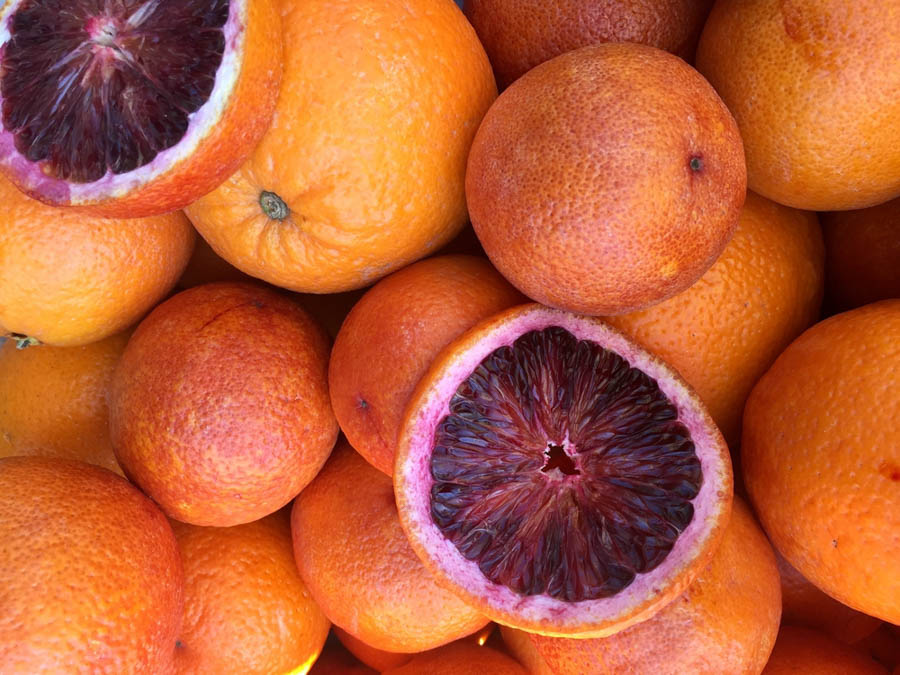Blood Oranges: Getting Started with Selecting Varieties and Individual Trees

Blood oranges have become the foodie’s citrus tree, loved for their rich orange flavor with raspberry overtones and deep color. Blood oranges grow best in areas with warm to hot summers and mild winters. Those who live in citrus growing county will be rewarded by growing this attractive plant with tasty fruit. As with citrus trees in general, gardeners growing blood oranges should begin with a careful selection of varieties and individual trees.
Proper site placement, proper planting, and care of citrus trees for the first 2 or 3 years or until established are all important for the long-term health and productivity of your citrus tree. Initial attention in these areas will often help citrus trees to produce fruit for decades with minimal maintenance and relatively few problems.
Consider your long-term landscape needs before planting any citrus tree. Evaluate your available space and how your needs for that space may change over years. Plan for irrigation, soil amending or fertilizing, mulching, care during establishment, and long-term care of trees before purchasing.
The most common blood orange tree varieties available at local garden centers include Moro, Tarocco and Sanguinelli. Moro has deep red fruit with luscious, rich orange flavor with raspberry overtones and burgundy juice. Moro is productive in areas of California with moderate summers, such as coastal Northern California, but produces the best color in hot interior regions. Tarocco is less productive than Moro, but has deep red fruit and good flavor, somewhat sweeter than Moro. Juice is burgundy. Tarocco also produces best color and sweetest flavor in California’s warm to hot inland valleys. Both Moro and Tarocco are vigorous, medium-sized spreading trees. Sanguinelli is sweeter than Moro and is also best adapted to warmer inland areas. Although these varieties ripen at different times in different microclimates, they typically ripen in late winter to early spring. GardenZeus expert Darren Butler recommends tasting the variety of any fruit before purchasing. Local farmers’ markets and gourmet grocery stores often offer a variety of blood oranges. Purchase one or two or three! Then decide which tree to plant.
After selecting the variety, obtain a healthy young tree of an appropriate variety, one with good stem structure, from a reputable nursery or other local source. It’s important to obtain healthy trees that aren’t rootbound, and GardenZeus generally recommends planting younger, smaller trees rather than older trees that may have root issues after spending long periods being successively rootbound in multiple nursery pots or containers.
In the first 2 to 4 years of a young citrus tree’s life after planting, it’s important to encourage a strong tree with a healthy root system and large canopy before putting attention onto fruiting. Soil fertility and irrigation for young orange trees are critical to healthy development.
Once established, a blood orange tree is fairly simple to maintain, and can provide decades of healthy, nutritious, and delicious fruit.
GardenZeus provides gardening information customized by plant and zip code. Don’t know your GardenZeus zone? Click here.
Other articles of interest:
Orange Trees: Should They Have Companion Plants?
Getting Started with Citrus: Purchasing and Placing Your citrus Trees
Year-Round Oranges in Mild Winter Areas of California
Have blood oranges? Need additional ideas on how to use them? Make sangria or marmalade. Or read the excellent suggestions at Los Angeles Times.